Chiang Mai (Thailand) is a famous tourist destination because of its architectural masterpieces created by nature and man.
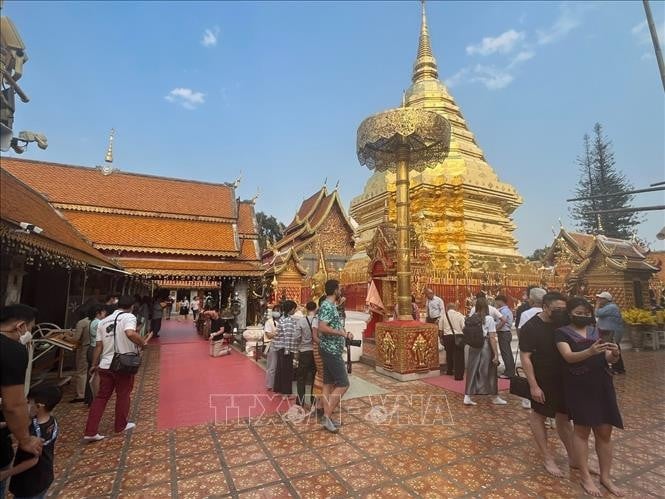 |
| Chiang Mai (Thailand) tourism attracts tourists from all over the world . |
As the second largest city in the “Land of Golden Temples” of Thailand, Chiang Mai is a very famous tourist destination due to its architectural masterpieces created by nature and man, attracting visitors from all over the world. However, in recent years, the problem of air pollution, especially PM 2.5 fine dust, has significantly affected the tourism potential of this northern Thai province. Finding the fresh, clean air of Chiang Mai is a concern of both the central and local governments of Thailand in their efforts to restore and develop Chiang Mai tourism sustainably.
Located in the far north of the country, Chiang Mai owns famous tourist destinations such as Doi Inthanon National Park - where the mountain is considered the "roof" of Thailand with majestic natural scenery, Grand Canyon National Park, unique ancient temples such as Chedi Luang, Chiang Man, Phrathat Doi Suthep, Bazaar Chiang Mai night market with sparkling lights and local dishes that make tourists eager to try. Chiang Mai also has an airport, one of the six main international airports in Thailand, and is also one of the five localities where the Thai Government has just allowed night entertainment venues to open until 4am to attract tourists.
However, the unfortunate downside of this beautiful city is the air pollution that makes Chiang Mai sometimes mentioned in the list of the most polluted cities in the world. The cause is due to traffic dust and the habit of burning agricultural waste by local people as well as some neighboring countries. The air pollution not only affects the health of local people but also makes tourists from both Thailand and abroad afraid to visit the city.
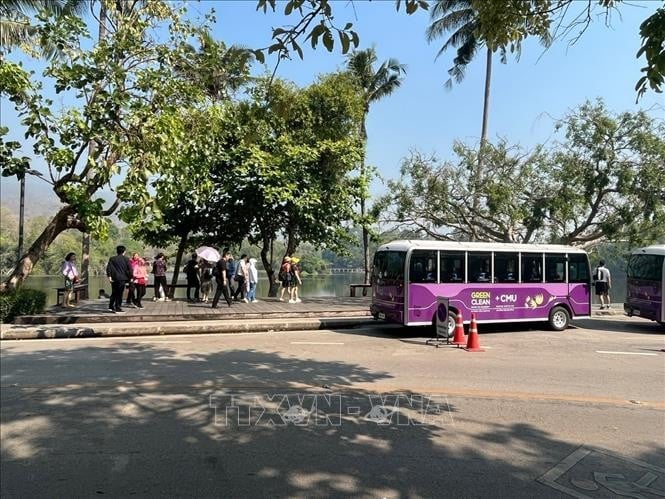 |
| Electric tourist buses take tourists to attractions in Chiang Mai. |
During his visit to Chiang Mai on January 11-12, Prime Minister Srettha Thavisin announced that he would promote public electric transport to help solve the province’s persistent air pollution problem. He said that the government, especially the Ministry of Transport, is planning to improve the province’s public transport system to help reduce PM2.5 dust caused by traffic congestion, adding that the public transport system will also be convenient for tourists.
“Chiang Mai is a big city but it doesn’t have a rapid public transport system. It needs a monorail service and that will benefit the local people and help boost the economy,” said Prime Minister Srettha.
Accompanying Prime Minister Srettha on this working trip, Transport Minister Suriya Jungrungreangkit proposed many projects to develop Chiang Mai’s transportation. Notably, among them was a plan to replace the current mass transit service (red pickup trucks popular in Chiang Mai) with electric vehicles.
Minister Suriya also proposed an outer ring road connecting Chiang Mai airport with popular tourist destinations in the city. He said the route would be about 53 km long and would help ease congestion in the city.
In addition, the ministry also plans to build Lanna Airport, Chiang Mai's second airport, on a nearly 1,300-hectare plot of land in Chiang Mai's San Kamphaeng district and Ban Thi district in neighboring Lamphun province.
Another plan is to introduce an electric tourist bus service to seven popular locations including the Night Zoo, Rajapruek Royal Park and Queen Sirikit Botanical Garden. According to Minister Suriya, the Land Transport Department will look for electric tourist bus operators to provide this service.
Prime Minister Srettha expressed his belief that implementing the measures in a coordinated manner could help boost public transport services and that would benefit the province’s tourism industry. In addition, the Thai government leader also pledged to contact leaders of neighboring countries to discuss solutions to reduce PM2.5 dust caused by agricultural waste burning.
According to the latest figures from the Chiang Mai Tourism Council, the province’s tourism industry is on track to recover well from the Covid-19 pandemic, with estimated revenue of 100 billion baht in 2023 and hotel occupancy reaching 90% during the New Year.
Pallop Saejiew, chairman of the council, said Chiang Mai will welcome more tourists during the 2024 New Year holiday than in the past few years. The proportion of local tourists has reached 100% compared to the pre-Covid-19 period. Meanwhile, the number of visitors from South Korea, China and Taiwan (China) is also increasing thanks to the resumption of direct flights.
(according to VNA)
Source



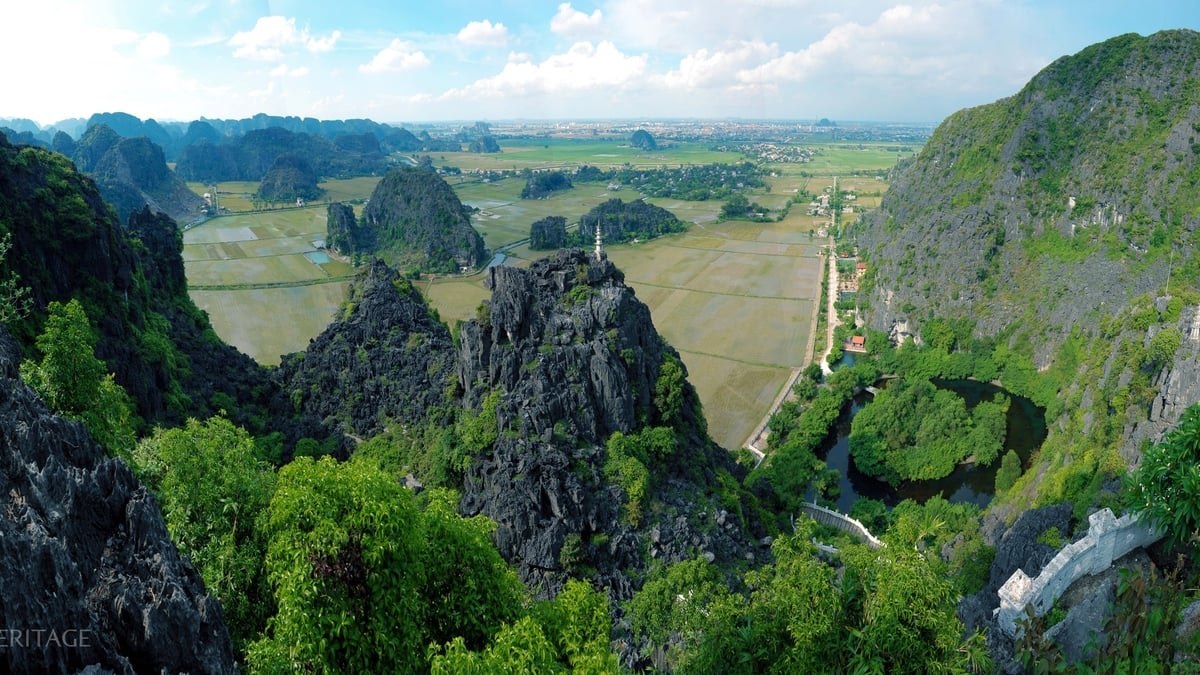
![[Photo] Prime Minister Pham Minh Chinh chairs a meeting on the implementation of the Lao Cai-Hanoi-Hai Phong railway project.](https://vphoto.vietnam.vn/thumb/1200x675/vietnam/resource/IMAGE/2025/5/20/0fa4c9864f63456ebc0eb504c09c7e26)
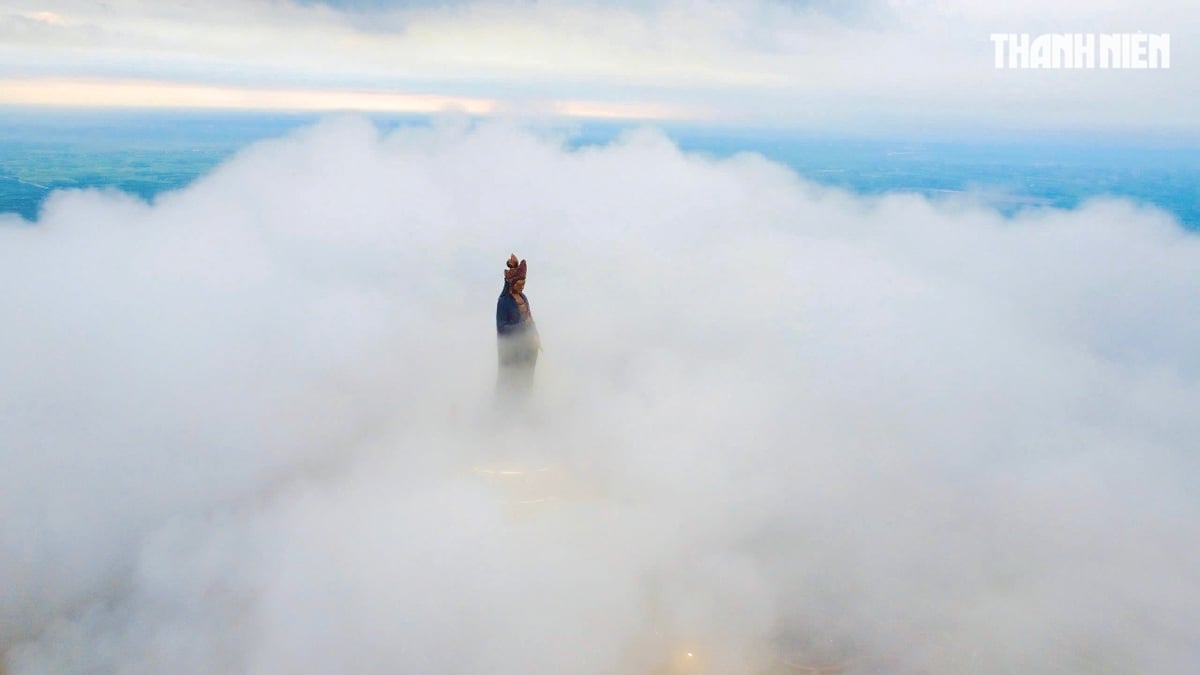
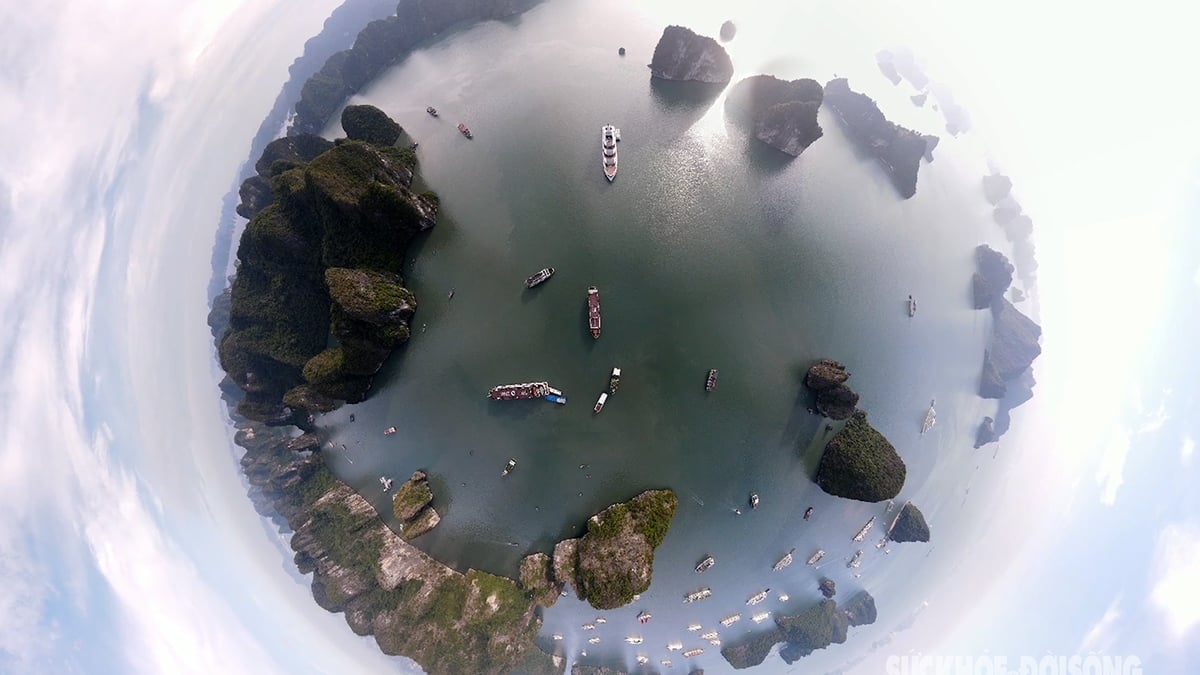
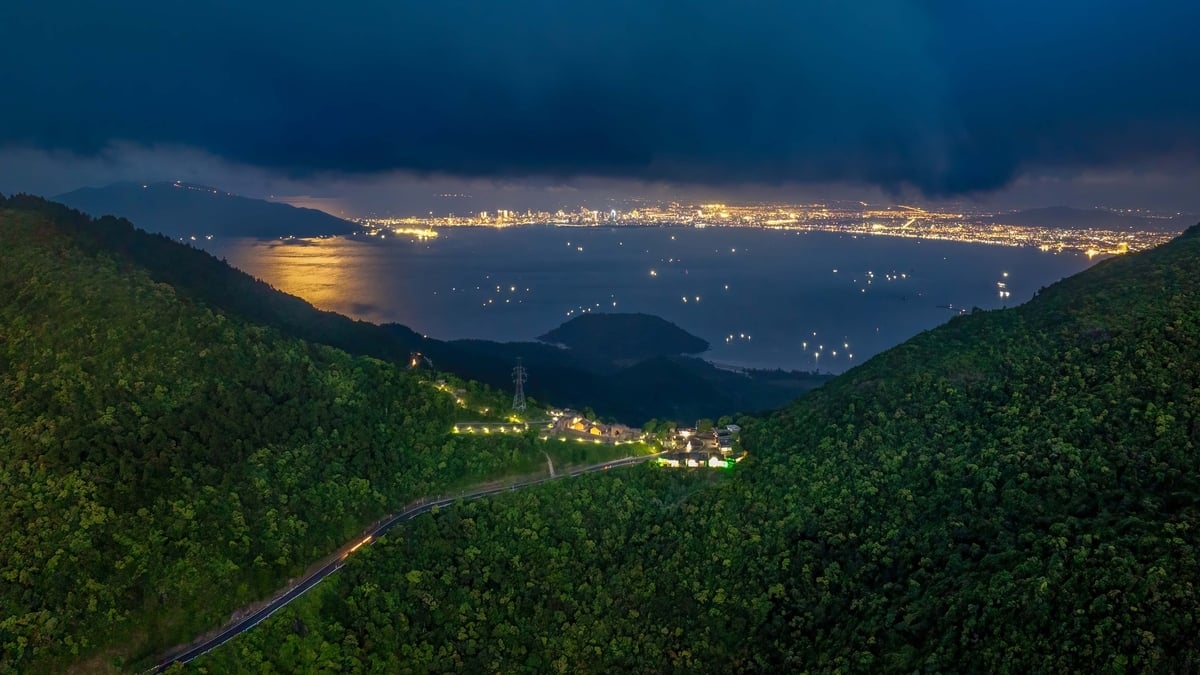


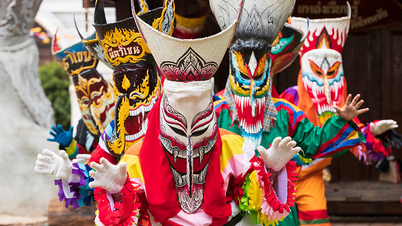


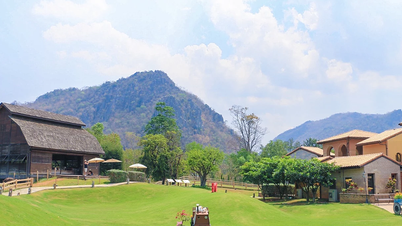
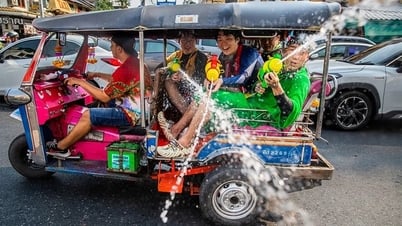



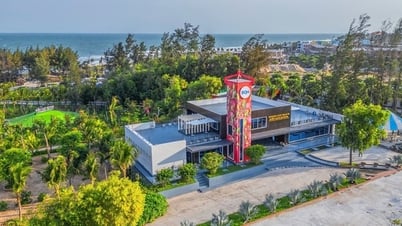
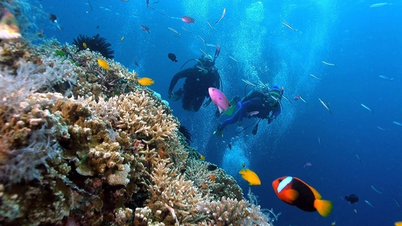

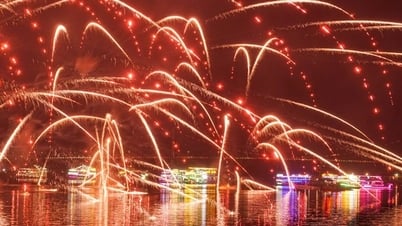
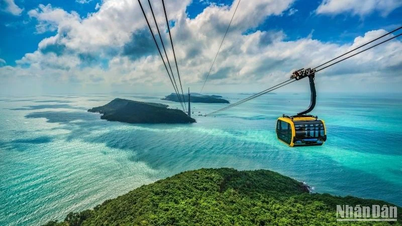







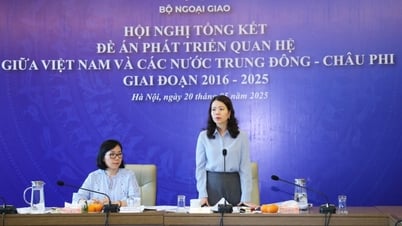


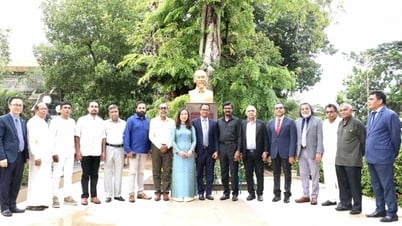
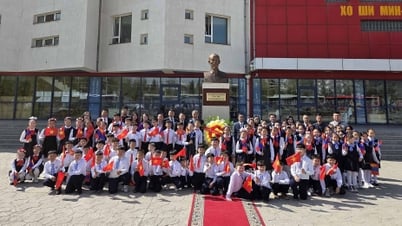
























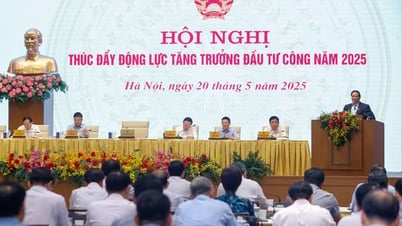





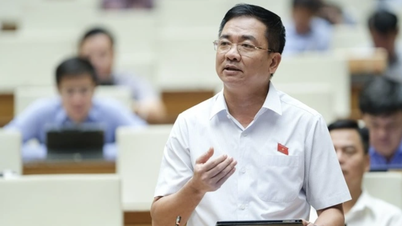







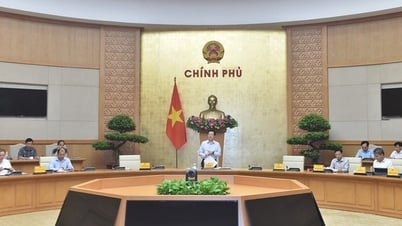

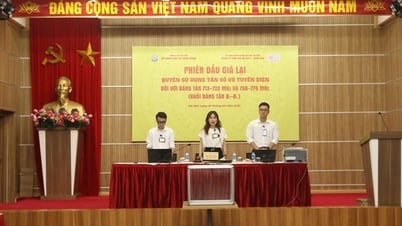

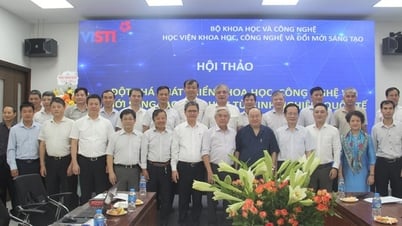
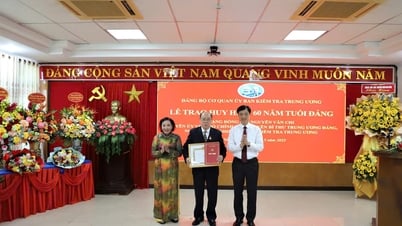

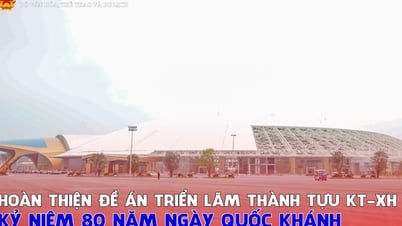
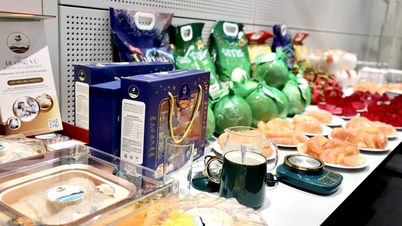



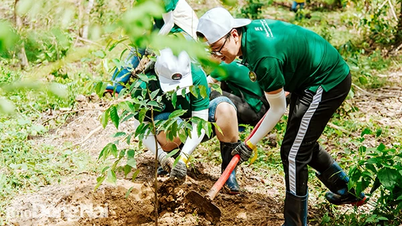

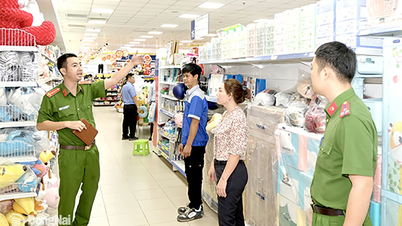

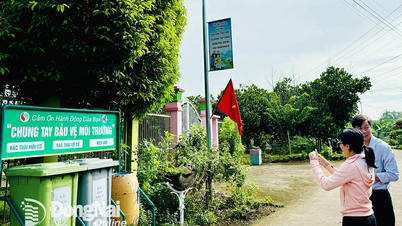
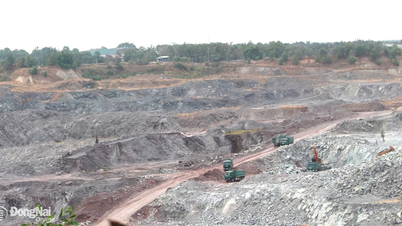












Comment (0)